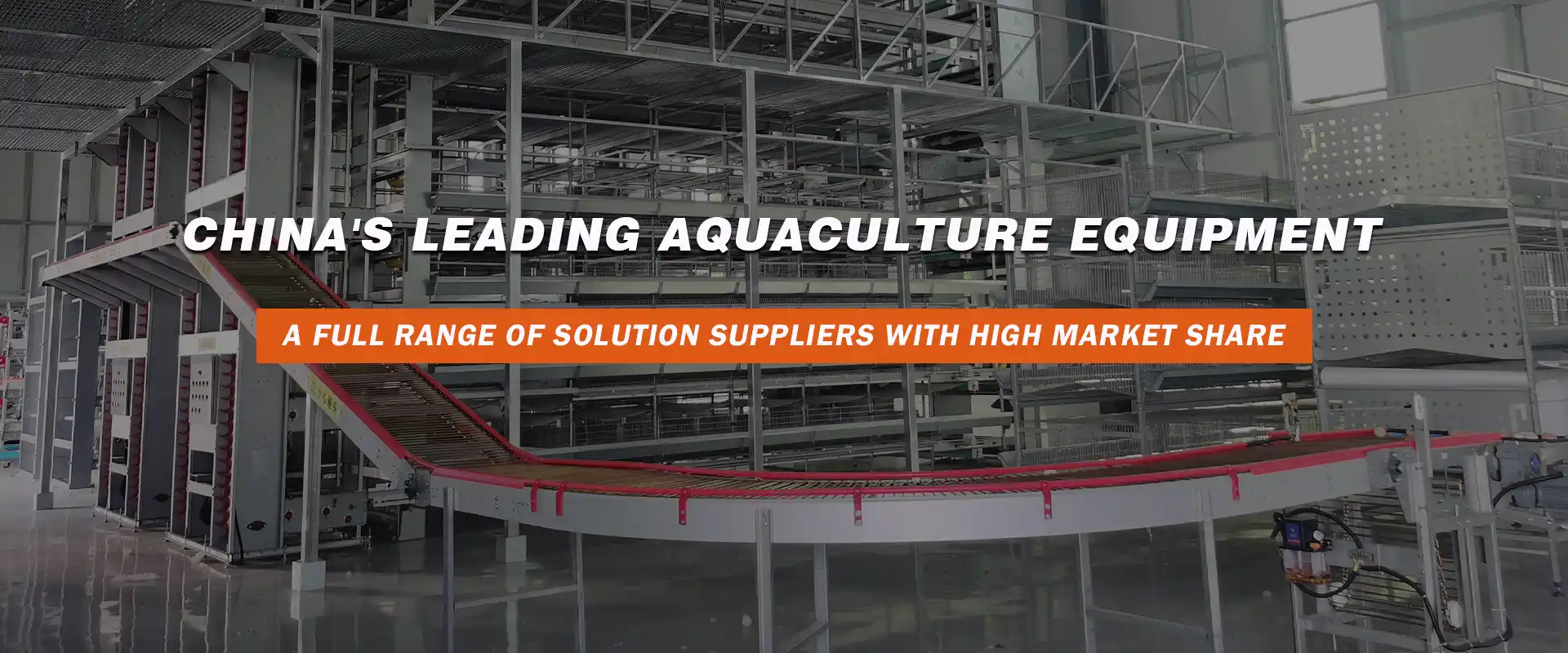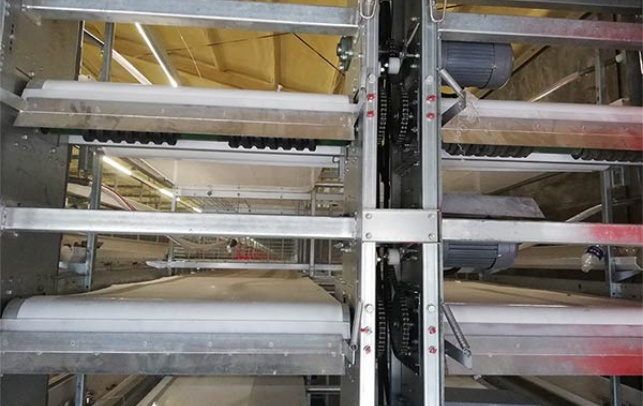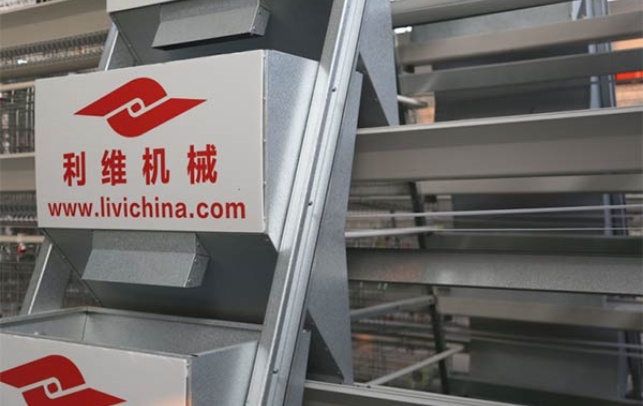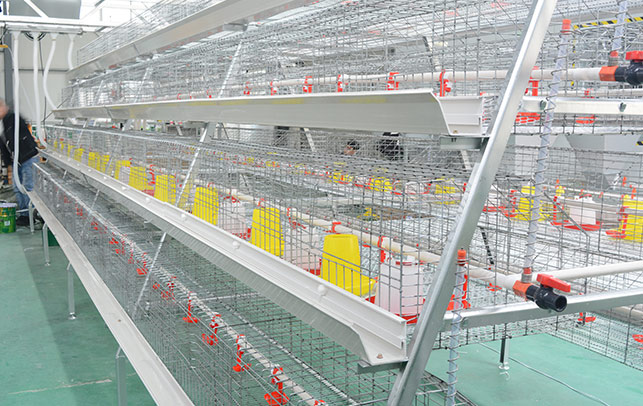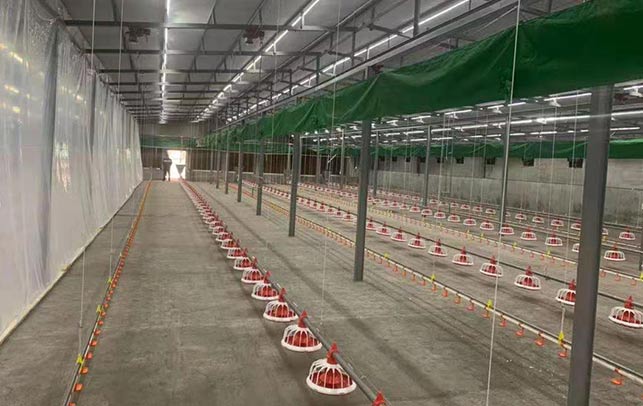Maintenance and Maintenance Training for Kenyan Chicken Farm Equipment: A Guide from Livi Machinery
Time : 2025-07-23
As a leading Chinese poultry equipment manufacturer, Livi Machinery understands the importance of reliable and well-maintained chicken farm equipment for Kenyan farmers. In this article, we will delve into the intricacies of equipment maintenance and provide you with essential training to ensure your Kenyan chicken farm operates smoothly. Whether you’re a seasoned farmer or a beginner, this guide will equip you with the knowledge to keep your poultry farm running efficiently.
Understanding the Importance of Equipment Maintenance
Maintenance is not just about keeping your equipment running; it’s about extending its lifespan, reducing downtime, and ensuring optimal performance. Proper maintenance can significantly lower your operational costs and increase productivity on your Kenyan chicken farm.
The Role of Regular Maintenance
Regular maintenance involves routine checks, cleaning, and minor repairs. By doing so, you can prevent potential breakdowns and keep your equipment in peak condition. Here’s what you need to know:
- Preventive Maintenance: Schedule regular inspections to detect any issues early. This includes checking bearings, belts, and other moving parts for signs of wear.
- Cleaning: Dust, feathers, and other debris can accumulate on equipment, leading to inefficiency and potential damage. Regular cleaning is crucial for the longevity of your equipment.
- Repairs: Address minor issues promptly to avoid more significant problems down the line. Don’t ignore those small leaks or odd noises; they could be warning signs of bigger issues.
Maintenance Training for Kenyan Chicken Farm Equipment
At Livi Machinery, we believe in empowering farmers with the knowledge to maintain their equipment. Here’s a step-by-step guide to help you get started:
Step 1: Familiarize Yourself with the Equipment
Before you begin any maintenance tasks, make sure you understand the layout and components of your chicken farm equipment. This includes knowing where the critical parts are located and how they function.
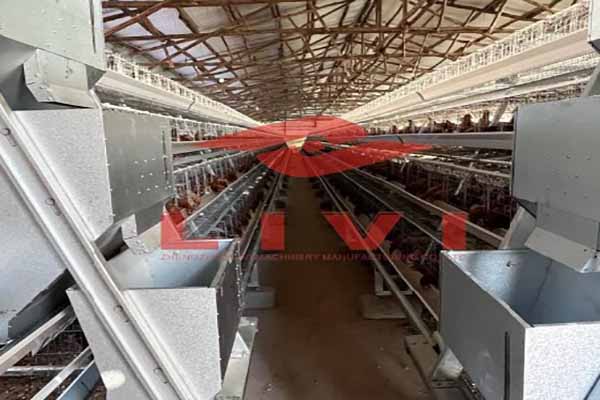
Step 2: Gather the Necessary Tools and Supplies
Having the right tools and supplies on hand will make your maintenance tasks more efficient. This includes wrenches, screwdrivers, grease, and cleaning agents.
Step 3: Conduct Routine Inspections
Regularly inspect your equipment for signs of wear a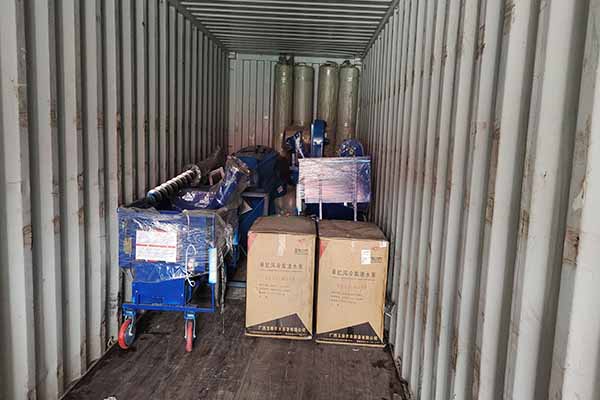 nd tear. Look for loose bolts, worn-out belts, and any other potential issues. If you notice anything unusual, address it immediately.
nd tear. Look for loose bolts, worn-out belts, and any other potential issues. If you notice anything unusual, address it immediately.
Step 4: Clean the Equipment
Use a soft brush and cleaning agents to remove dust and debris from the surfaces of your equipment. Be sure to clean the interior, as well, to prevent the accumulation of feathers and other materials.
Step 5: Grease Moving Parts
Apply grease to bearings, hinges, and other moving parts to ensure smooth operation and reduce friction. Be sure to use the correct type of grease for your specific equipment.
Step 6: Check Electrical Components
Inspect electrical components for signs of wear, such as frayed wires or loose connections. If you’re not comfortable performing electrical work, consult a professional.
Step 7: Document Your Maintenance
Keep a record of your maintenance activities, including the dat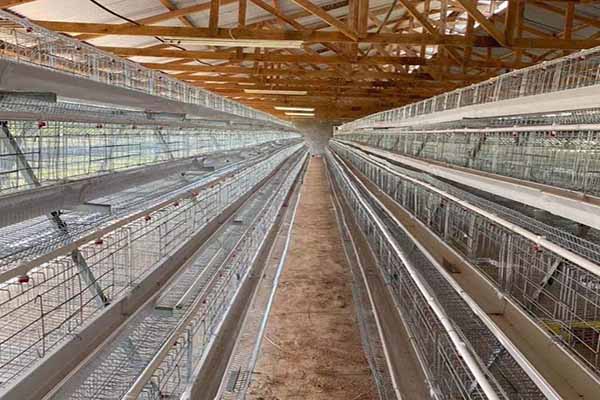 e, the tasks performed, and any issues addressed. This will help you stay organized and ensure that no maintenance task is overlooked.
e, the tasks performed, and any issues addressed. This will help you stay organized and ensure that no maintenance task is overlooked.
Common Maintenance Challenges and Solutions
As a Kenyan chicken farmer, you may encounter several maintenance challenges. Here are some common issues and their solutions:
Problem: Excessive Dust and Debris Accumulation
Solution: Invest in a dust and debris collector to prevent the accumulation of these materials on your equipment. Regularly clean the collector to ensure optimal performance.
Problem: Frequent Breakdowns Due to Poor Maintenance
Solution: Implement a comprehensive maintenance schedule and ensure that all tasks are completed according to the manufacturer’s recommendations. Provide proper training to your staff to ensure they understand the importance of maintenance.
Problem: Lack of Replacement Parts
Solution: Keep a stock of replacement parts on hand to address any unexpected issues quickly. Work with your equipment supplier to ensure you have access to the parts you need.
Conclusion
Proper maintenance and training are key to the success of your Kenyan chicken farm. By following the guidelines provided in this article, you can keep your equipment running smoothly and increase the productivity of your farm. Remember, at Livi Machinery, we are here to support you every step of the way.
, , , ,




